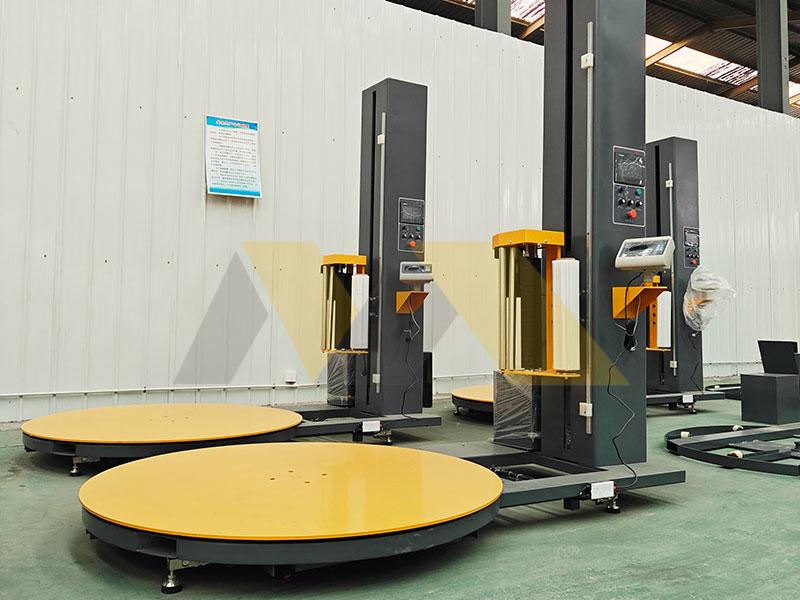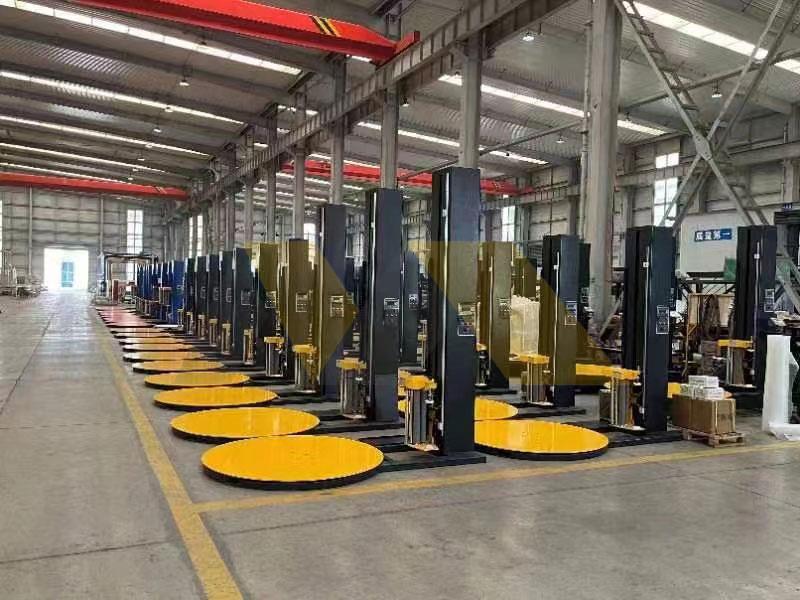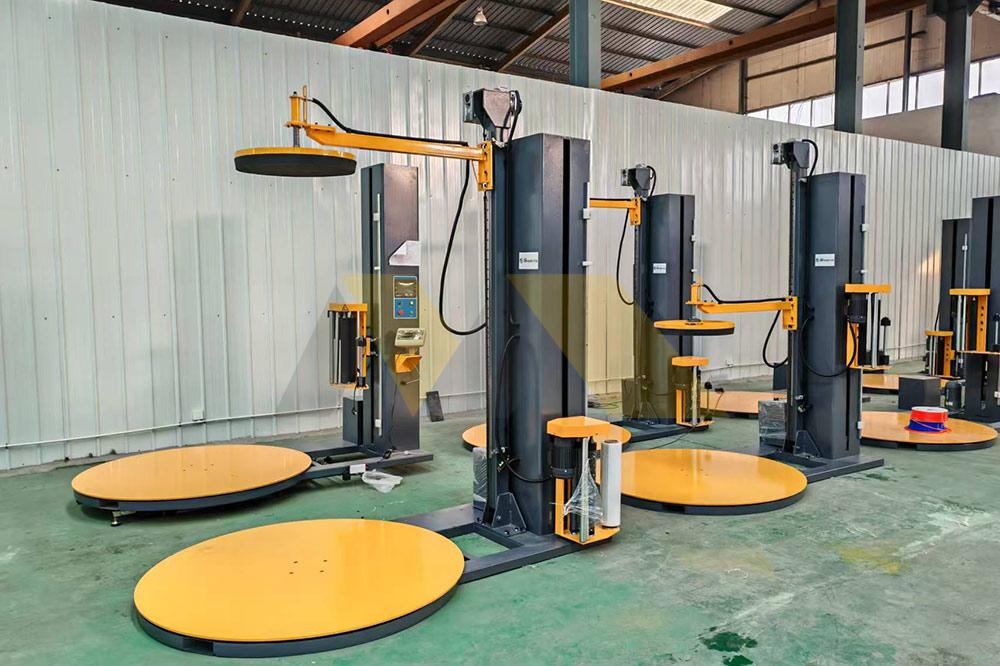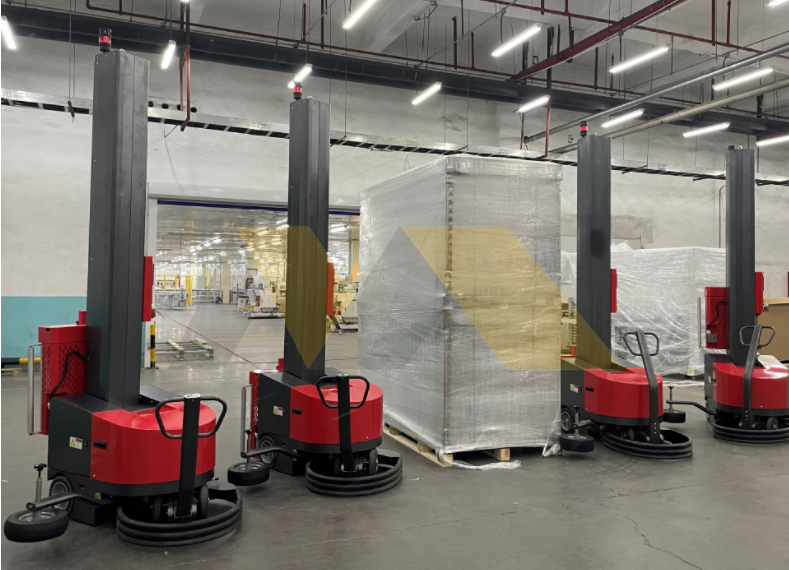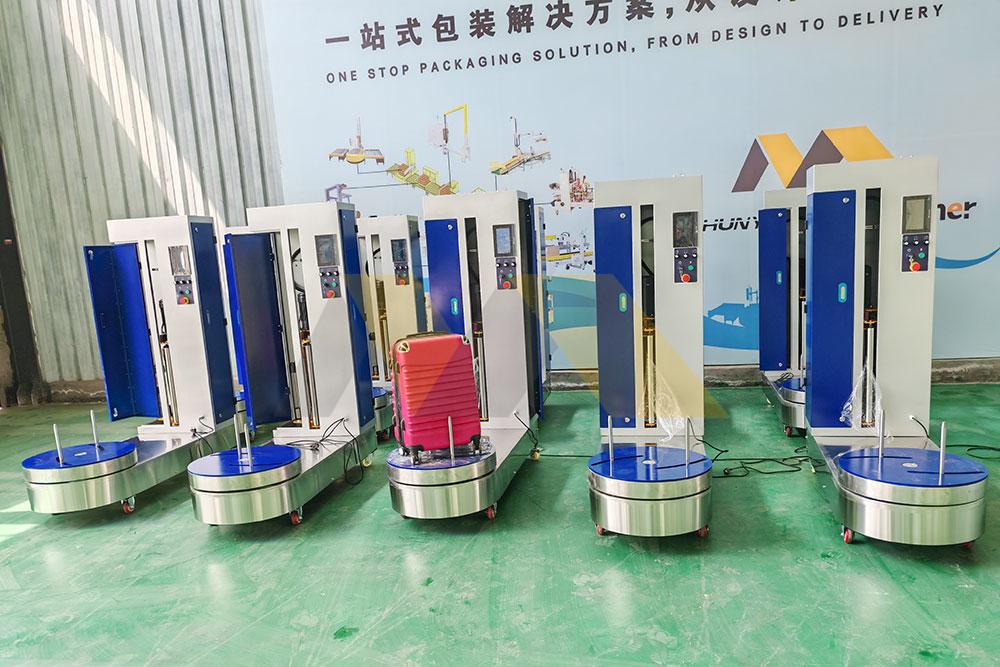
Last Black Friday, Miami International Airport’s wrapping station processed 1,487 bags – but their $16k machine died at 1,023 cycles with a melted gearbox. For handlers, breakdowns aren’t just repair bills – they’re angry passengers, airline penalties, and revenue losses. Let’s examine whether your equipment is stealthily costing more than payroll.
7/10 mid-range wrappers fail beyond 650 cycles daily. To handle 1,000+ bags, you need Japanese harmonic drives (not Chinese RV reducers), ISO-A40K bearings, and dual-cooling servo motors. My Beijing factory’s latest model runs 11,920 cycles non-stop in German airport testing by applying Formula E battery cooling tech to machinery.
The real cost isn’t downtime – it’s watching competitors bag $380/hr contracts while your machine sputters. Let’s dissect why most equipment fails this stress test.
Is it a good idea to wrap your luggage?
Seattle-Tacoma Airport’s data shows wrapped bags have 0.7% damage rates vs 4.1% unwrapped. But outdated equipment creates liability – your protective service might be fueling complaints.
Modern wrapping prevents 83% of baggage damage BUT requires perfect film tension. Cheap mechanical pre-stretch (150%) uses 2.1m film/bag vs 0.87m with 300% motorized pre-stretch. My crew watched Orlando handlers waste $1,144 daily on excess film – enough to finance a machine upgrade in six months.

Here’s why weak machines backfire:
- Under-stretched film wrinkles → moisture traps
- Over-tension snaps handles → liability claims
- Inconsistent layers → TSA knife damage
Our Milan client solved this with:
- Torque-sensing motorized pre-stretch
- LiDAR-guided adaptive tension
- 0.02mm film variance
Result: 9 months without damage claims
What is the maximum amount of baggage that can be carried?
Airlines allow 23kg, but handlers face hidden equipment limits most ignore until meltdowns occur.
True max capacity = 80% of nameplate rating. A "200kg" turntable fails at 160kg cyclical loads. Watch for:
- Cyclical load stamps (CLS) on steel frames
- IP54+ rated electronics resisting baggage dust
- Dynamic torque graphs proving stability after 18hr runs
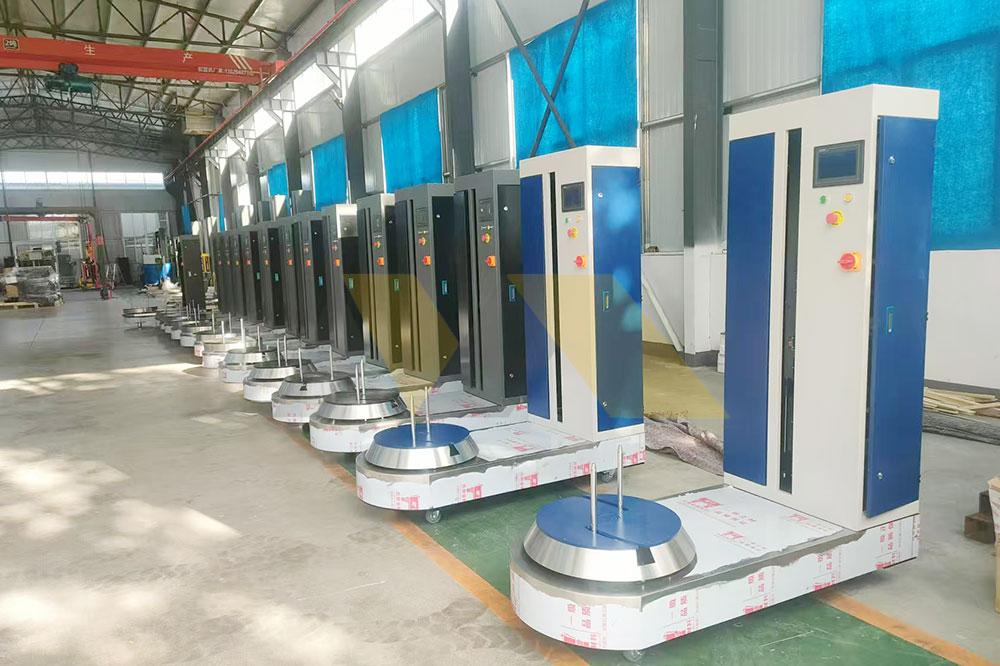
Atlanta Airport’s debacle proved this:
- 72 "250kg-capacity" wrappers purchased
- Collapsed under 190kg weekly average
- Root cause: Chinese TB-4 aluminum frames instead of ST52 steel
Fix: Our retrofit kits saved 41 machines by adding cross-bracing
Demand EN 10025 certification on all structural steel. Your machine’s skeleton matters more than shiny touchscreens.
Why do Europeans wrap their luggage?
Berlin’s Hauptbahnhof processes 1,200 wrapped bags daily – not for airports but Deutsche Bahn trains. Europe’s rail baggage trauma is reshaping machine design.
Key EU wrapping drivers:
- 55L free baggage vs North America’s 158L → compression wrapping
- Rail baggage carts lack suspension → need vibration-resistant films
- Strict liability laws where handlers pay for scuffs exceeding 2mm
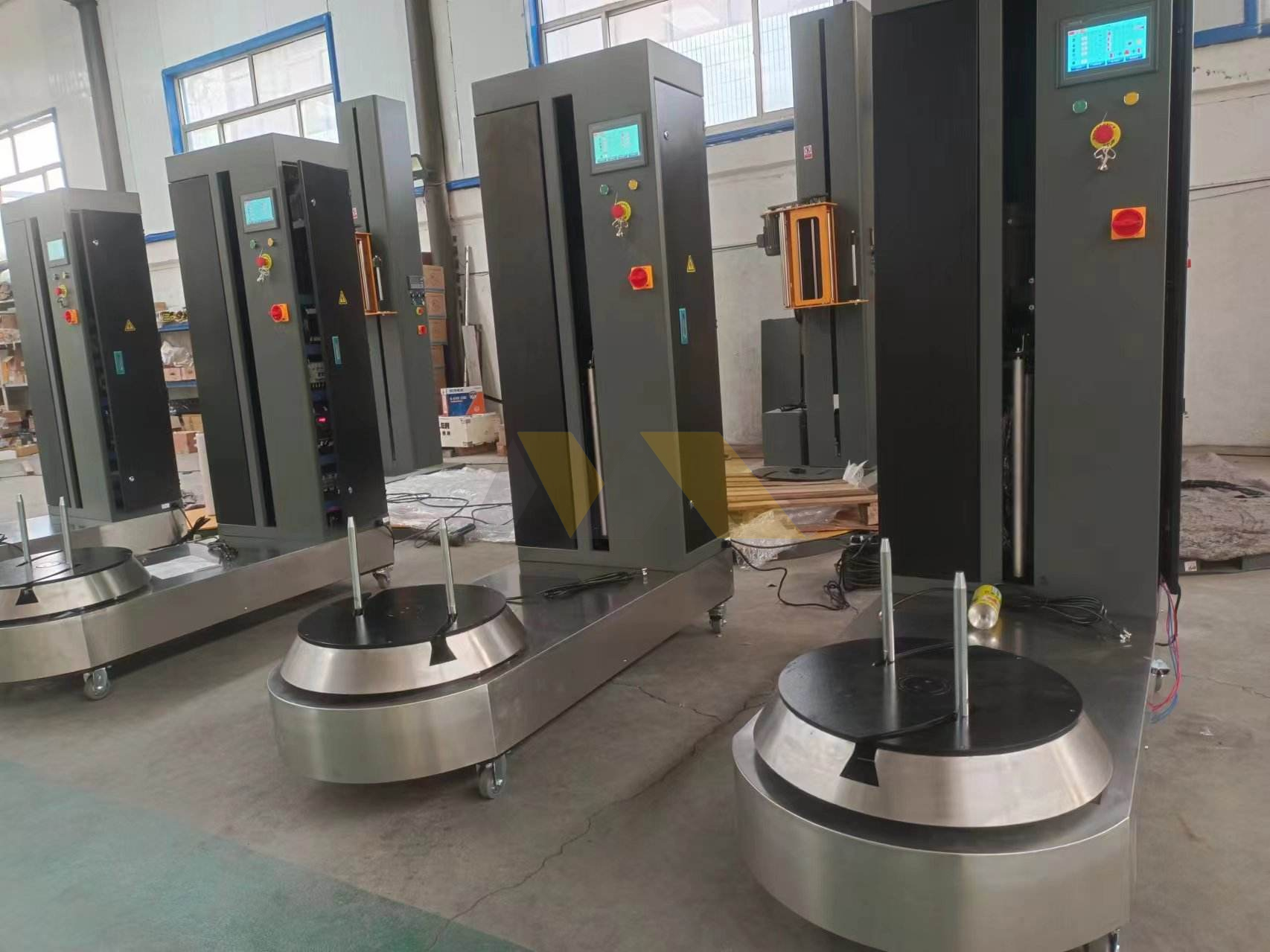
Our Stuttgart client’s requirements:
- Hydraulic compression plates (adjustable 200-400N force)
- 3M VHB-backed film that withstands 17g vibrations
- 360° RFID windows for automated sorting
Result: 28% faster turnover with zero "overstuffed" rejections. Your machine needs EU-specific settings to win these contracts.
Why do my suitcase wheels keep breaking?
JFK’s handlers found 122 wheel fragments in one wrapper daily. Those $3 plastic shards cost $400/hr in downtime when they jam precision gears.
Polyurethane wheels shatter below -9°C (common in cargo holds), while nylon wheels shed bearings. Solutions exist:
- In-feed metal detectors (reject luggage with ferrous wheel parts)
- Turntable debris flushing (compressed air jets every 5 cycles)
- Magnetic sealant grease trapping particles before gear ingress
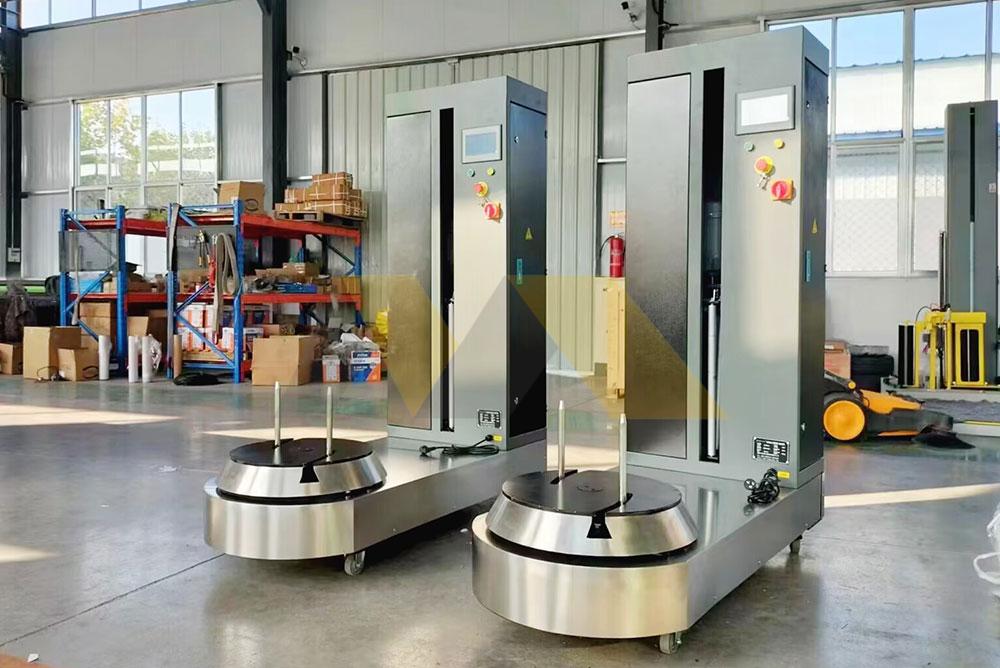
Toronto Pearson’s $17k overhaul taught us:
- Installed SICK OD5000 debris sensors
- Retrofit grease filters capturing 93mg/hr particulates
- Gearbox lifespan increased from 114 days to 19 months
Most "maintenance-free" wrappers lack these features. Ask suppliers for AS-14 cleanliness standards in bearings.
Conclusion
Processing 1,000+ bags daily demands more than brute strength – it requires aerospace-grade metallurgy, climate-adaptive film tech, and debris warfare engineering. While Chinese factories once meant "cheap copies", innovators like us now merge German engineering rigor with Shenzhen speed.
Need proof? Send your toughest baggage mix (steamrolled samsonites, hockey bags, cryo-tested pelicans). We’ll stream live 2,000-cycle tests with torque/power analytics.

